Ref : 0743
A good trade viola of
German Origin
(39.2 cm)
Circa 1900
This viola is a good example of what is referred to in the violin world as 'good German trade'. It is a good instrument, well-made of good materials, nicely crafted, but nevertheless a trade (commercial) instrument, aimed at either students or amateurs, or entry-level professionals looking for a good but affordable instrument.This viola dates from around the early 20th (or maybe late 19th) century, when good materials were plentiful and good attractive woods were used for trade instruments. The two-piece back, ribs, neck and scroll are made of really nicely flamed maple with a distinct medium curl. The top is of very good quality finely grained tone spruce.
The nicest feature of this viola is its scroll, exceptionally well-cut, crisp work, nicely balanced and graded with attention to detail and finish of the volute. It is in the purfling and somewhat ponderous f-holes that the instrument betrays its trade origins, in which one would have liked to see better finish. One can guess that the entire instrument was likely built by several craftsmen, not all on the same level of competence. By and large this remains a good, well-toned instrument which certainly is in excellent condition. All pegholes have been bushed - a sign of a lot of use, which is a good thing - good instruments are played on, bad ones are not.
It bears a fake generic Stradivarius label with the impossible date of 1762 (Stradivari died in 1737) - this is a deliberate error on the part of the studio which made this viola - a kind of musical eye-wink as if to say no-one is meant to seriously think this is a Strad.
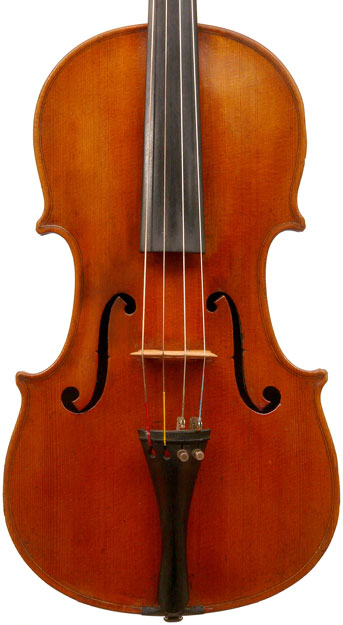 |
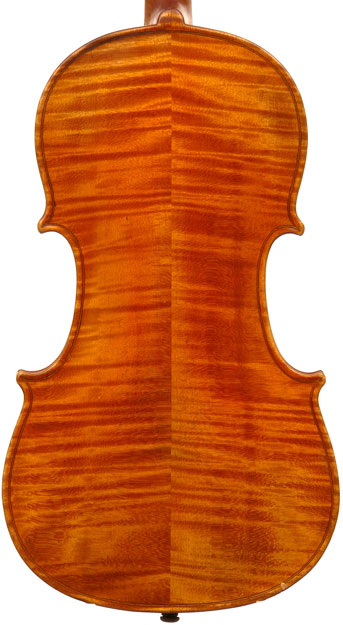 |
 |
||
 |
Dimensions : Back length: 39.2 cm
Condition : Excellent. Totally free from serious cracks or evident repairs. A small 3 cm crack running downwards from the treble f is the only minor crack, has been repaired and is stable. All pegholes have been bushed. All parts and varnish original.
Provenance : Withheld
Price : Withheld
 |
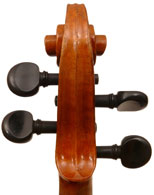 |
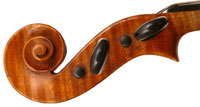 |
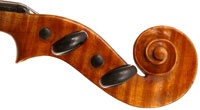 |
 |
 |
 |
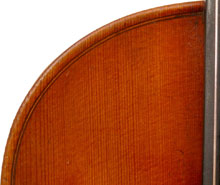 |
 |
 |
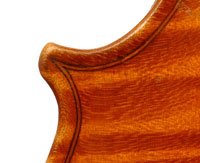 |
|||||